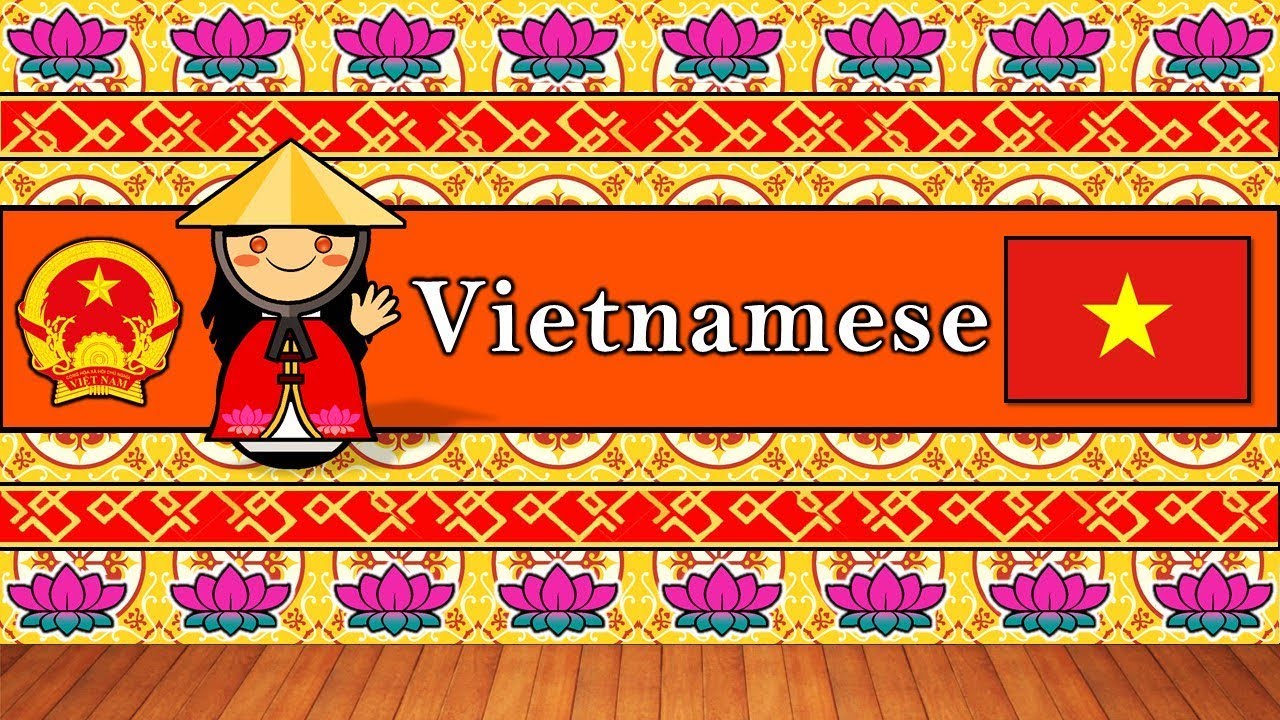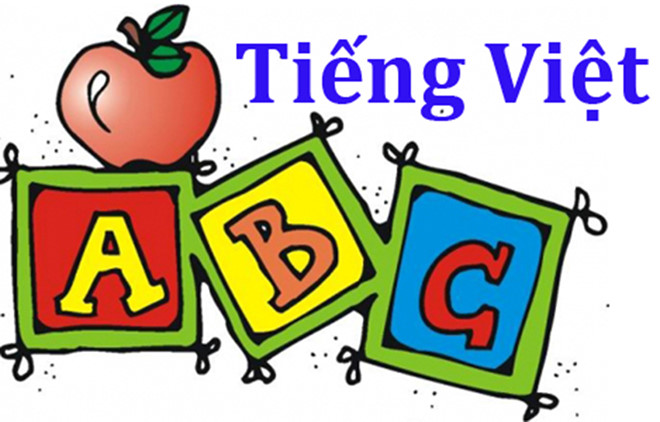Vietnam is a worthwhile visiting country due to its picturesque landscapes, delicious food, hospitable people and low living cost. However, in the place where most of people can’t speak English, it’s best for you to learn some survival Vietnamese phrases to make the most of your trip in Vietnam. In this post, you will learn 60 useful phrases that will help you get around, order food, ask for directions and make friends.
Vietnamese Pronunciation
Vietnamese spelling is phonetic and very similar to Portuguese (which it is based on). Once you know how to pronounce each letter and tone, you will have a pretty good grasp of how to correctly pronounce Vietnamese words. There are three main varieties of spoken Vietnamese: Northern (used around Hanoi), which is somewhat different from Southern (Saigon/Ho Chi Minh City ), and Central (Hue). This guide used Northern pronunciation.
Vietnamese Tonal System
If you listen closely to a Vietnamese speaker, you will notice that some words are pronounced with a high or low pitch and others sound more musical. This is because Vietnamese uses tones to make distinctions between words.
Vietnamese syllables have six different tones, with five of them indicated by tone marks applied to the syllable’s main vowel. Tone marks can be combined with the other diacritics. This is why Vietnamese sounds more musical.
Here’s an example of the letter a’ with its various sounds
a – flat
á – high rising; example: đấy, like saying “day?”
à – low
ã – creaky
ả – falling, then rising
ạ – a low “a’ah”
The marks are very important because the meaning of the words will change when the marks change. For example:
Ba –means father
Bà –means grandmother
Bá- means mother’s older sister
Bả- means poisonous food for animals
Vietnamese Alphabet
Vietnamese uses the same alphabet as Latin languages with a few modifications which include tone and vowel markers. The Vietnamese alphabet has a 29-letter phonetic alphabet which includes all letters of in the English alphabet except j, f, w, and z. Vietnamese has 12 vowels and 17 consonants as shown below.
| a (a in father) | h (h in house) | q (qu in queue) |
| ă (a in hat) | i (e in she) | r (r in run) |
| â (u in but) | k (k in kick) | s (s in sing) |
| b (b in baby) | l (l in love) | t (t in tea, but softer and unaspirated) |
| c (c in can) | m (m in mother) | u (oo in good) |
| d (z in zoo) | n (n in nice) | ư (oo in boot but with unrounded lips) |
| đ (d in do) | o (o in hot) | v (v in van) |
| e (e in trend) | ô (o in hope) | x (s in sea) |
| ê (a in mate) | ơ (u in fur) | y (e in she) |
| g (g in go) | p (p in pick) |
Basic phrasal in daily conversations
| English | Vietnamese | Pronunciation | Notes |
| Greetings | |||
| Hello | Xin chào | Sin jaow | |
| Good morning | Chào buổi sáng | jaow bui sang | |
| Good afternoon | Chào buổi tối | jaow bui to-oy | |
| Good night | Chúc Ngủ Ngon | Choop nguu ngon | |
| Goodbye | Chào | jaow | |
| My name is… | Tôi tên là… | Toi ten lah… | Put your name in blank space |
| I am from… | Tôi là người… | Toi lah ngoo-uh… | Put your nationality in blank space |
| How are you? | Bạn khỏe không? | Bahn kwair khohm? | |
| I’m well, and you? | Tôi khỏe. bạn khỏe không? | toi kwair. bahn kwair khohm? | |
| Good, thanks | Tôi khỏe. Cám ơn | Toi kwair. Gahm uhn. | “A” in “Gahm” is like the “a” in “apple”. Pronounce the “g” in “gahm” softly. Put your name. |
| Essentials | |||
| Please | Làm ơn | Lahm uhn | |
| Thank you | Cám ơn | Gahm uhn | “ |
| You’re welcome | không có chi (Means “no problem”) | Khohm gaw chee | |
| Yes | dạ/vâng | Ya/vang | |
| No | Không | Khohm | |
| Excuse me, sorry | xin lỗi | Seen loy | |
| I don’t understand | Tôi không hiểu | Toi khohm heww | Put your name in blank space ___. |
| Do you speak English? | Bạn có nói tiếng Anh không? | ban gaw noy dee-ing ahn khohm? | Dee-ing: say it quickly since it’s one word. It’s pronounced like a soft “d”. Put the name of the person you’re asking in blank space ___. |
| Eating Out | |||
| Beer | Bia | bee-ah | |
| Water | nước | nu-uhc | |
| I’d like to order… | Tôi muốn ăn … | thoy moowan un … | Put the dish in blank space ___. |
| I’m a vegetarian | Tôi ăn chay | Thoi ahn jai | |
| The bill, please | hóa đơn | Hwhoa duhn | |
| Noodle soup | Phở | Phuh | |
| Sandwich | Bánh mì | Baanh me | |
| Getting Around | |||
| Left | Trái | chai | |
| Right | phải | fai | |
| Straight ahead | thẳng trước mặt | tung choo-uhk maht | |
| Turn left | quẹo trái | kheow jai | |
| Turn right | quẹo phải | kheow fai | |
| Bus stop | điểm dừng xe buýt | Dee-em yung se boo-wit | |
| Train station | ga xe lửa | Kha se luh-ua | |
| Airport | sân bay | suhn bai | |
| Where is… | …. ở đâu | …. Uh doh | Put name of destination you want to go to in the blank space |
| Entrance | chỗ vào (means “area you enter”) OR cửa vào (means “door entrance”) | choh vao OR coo-ua vao | |
| Exit | lối ra (means “exit area”) OR cửa ra(means “exit door) | loy ra OR coo-ua ra | |
| Days | |||
| Monday | Thứ hai | hu hai | |
| Tuesday | Thứ ba | Thu ba | |
| Wednesday | Thứ tư | Thu bohn | |
| Thursday | Thứ năm | Thu nahm | |
| Friday | Thứ sáu | Thu sao | |
| Saturday | thứ bảy | Thu bae | |
| Sunday | chủ nhật | Choo nhaht | |
| Emergencies | |||
| Help me! | Giúp tôi! | yoop toi | |
| I need a doctor | tôi cần bác sĩ | Toi khuhn back see | |
| Call the police! | Gọi cảnhsát | Goy cahn sat | |
| I don’t feel well | Tôi không khỏe | Toi khohm khwer |

